2024 Middle Tennessee Regional Event
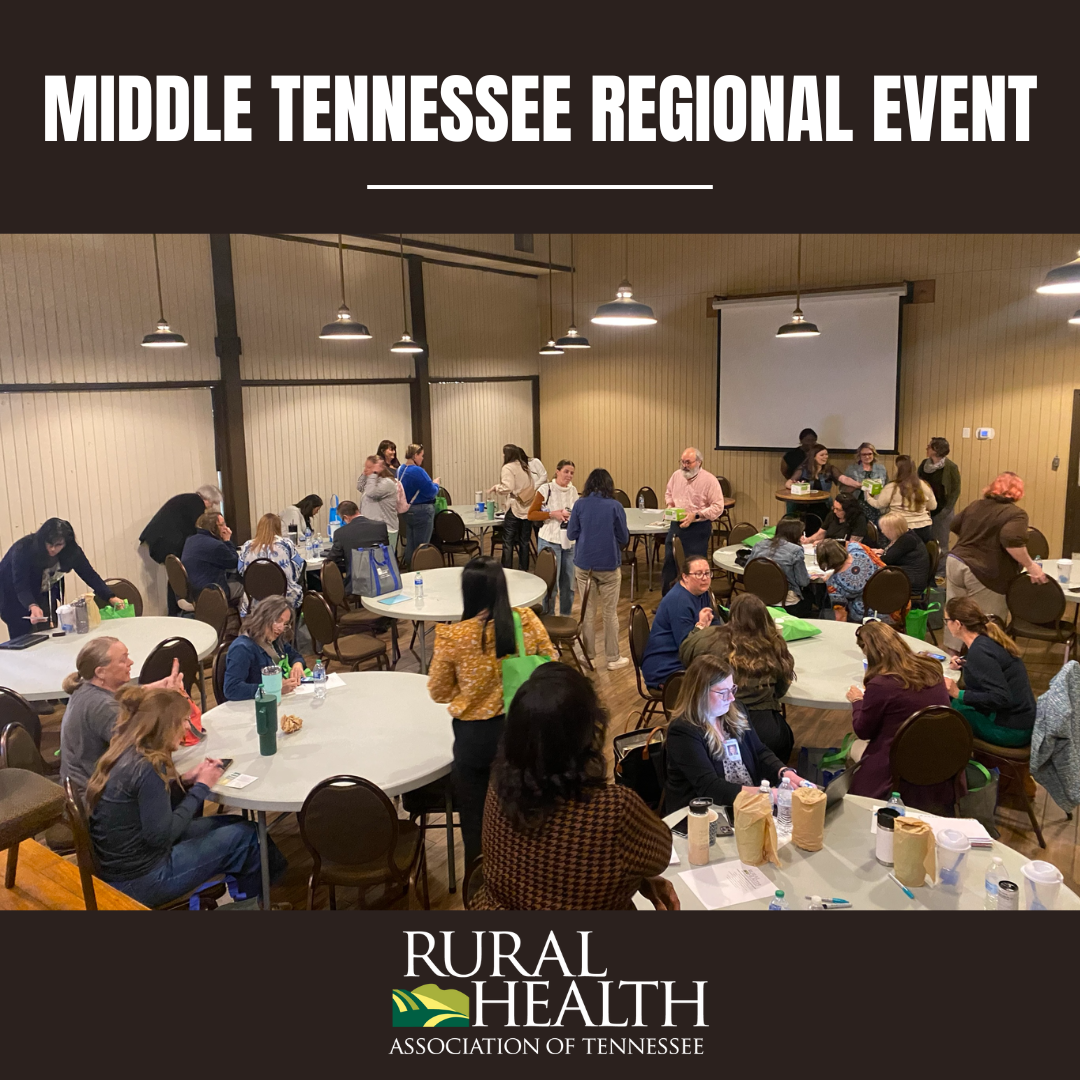 Tuesday, April 23rd, we had the opportunity to host our last regional event of the season at Fall Creek Falls State Park and see our middle region members. Members had the opportunity to hear from professionals on topics including MAT in Emergency Department Settings, current drug trends, social drivers of health, and more!
Tuesday, April 23rd, we had the opportunity to host our last regional event of the season at Fall Creek Falls State Park and see our middle region members. Members had the opportunity to hear from professionals on topics including MAT in Emergency Department Settings, current drug trends, social drivers of health, and more!
The presentation topics and speakers can be found below:
- Addressing Social Drivers of Health findhelp This presentation discusses why addressing social drivers of health and why understanding social determinants are essential for creating equitable health systems and fostering healthier communities overall. Access full presentation here.
- Naloxone Training Suzanne Angel, ROPS Join us to learn from the Middle Regional Overdose Prevention Specialist about administering naloxone and further prevention efforts. Access full presentation here.
- MAT in Emergency Department Settings Kayla Mehr, TDMHSAS Join us as we talk with Kayla Mehr about MAT in the Emergency Department Settings. Access to full presentation can be found here.
- Suicide Prevention Melissa Alardo, TDH Join us as we talk about suicide prevention and its correlation to SUD. Access full presentation here.
- TDH & RHA Programs and Updates Join us as we go over current program updates with not only the Rural Health Association but the Tennessee Department of Health. Access full presentation here.


 Prescription Drug Takeback Day plays a crucial role in addressing the public health crisis of prescription drug abuse and misuse. Unused or expired prescription medications pose significant risks when left in homes, as they can be accessed by unauthorized individuals, including children, teenagers, and individuals with substance use disorders. Prescription Drug Takeback Day provides a safe and convenient way for individuals to dispose of these medications properly, reducing the likelihood of diversion, accidental ingestion, and environmental contamination.
Prescription Drug Takeback Day plays a crucial role in addressing the public health crisis of prescription drug abuse and misuse. Unused or expired prescription medications pose significant risks when left in homes, as they can be accessed by unauthorized individuals, including children, teenagers, and individuals with substance use disorders. Prescription Drug Takeback Day provides a safe and convenient way for individuals to dispose of these medications properly, reducing the likelihood of diversion, accidental ingestion, and environmental contamination.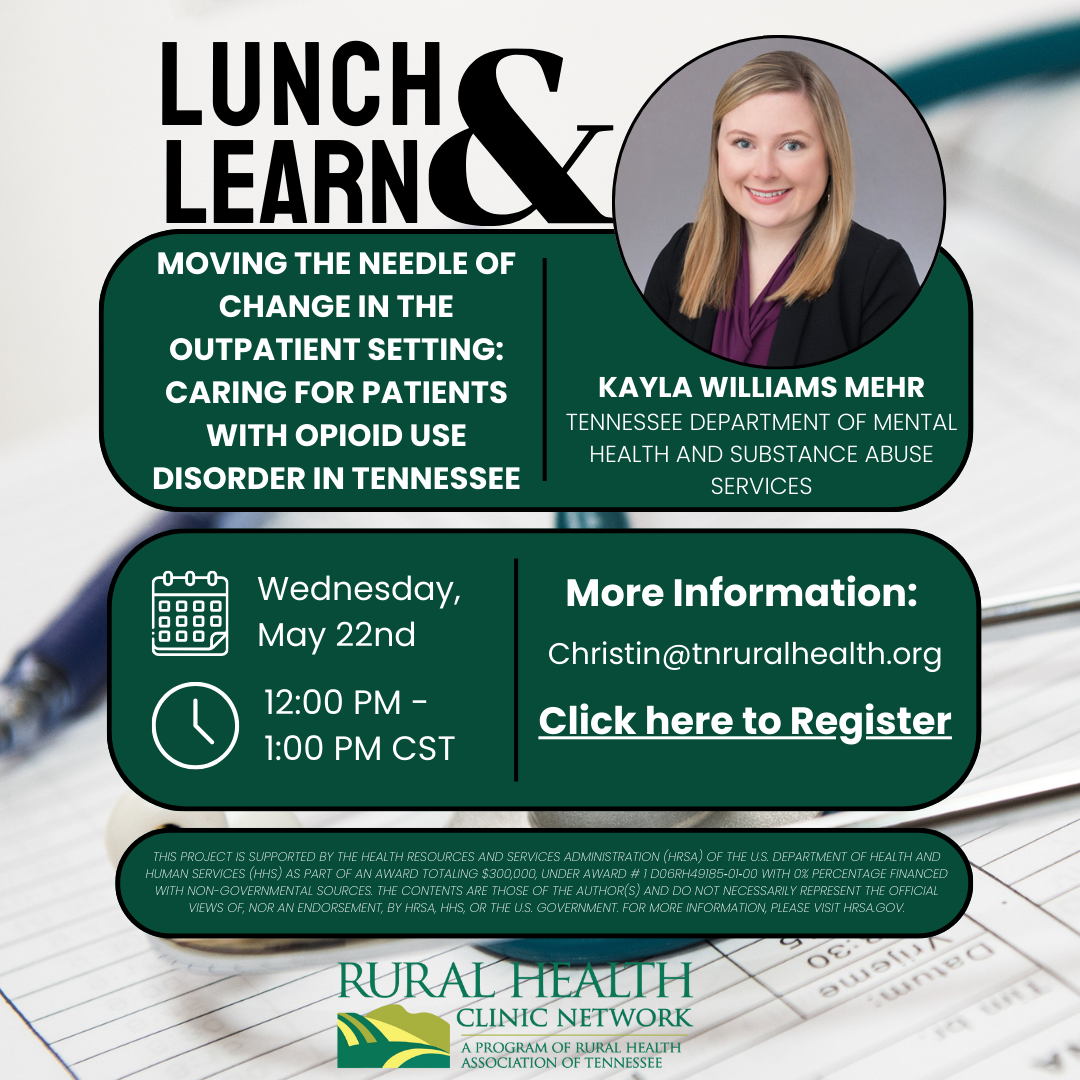 May 22, 2024 RHC Lunch and Learn: Moving the Needle of Change - Caring for Patients with Opioid Use Disorder in Tennessee
May 22, 2024 RHC Lunch and Learn: Moving the Needle of Change - Caring for Patients with Opioid Use Disorder in Tennessee 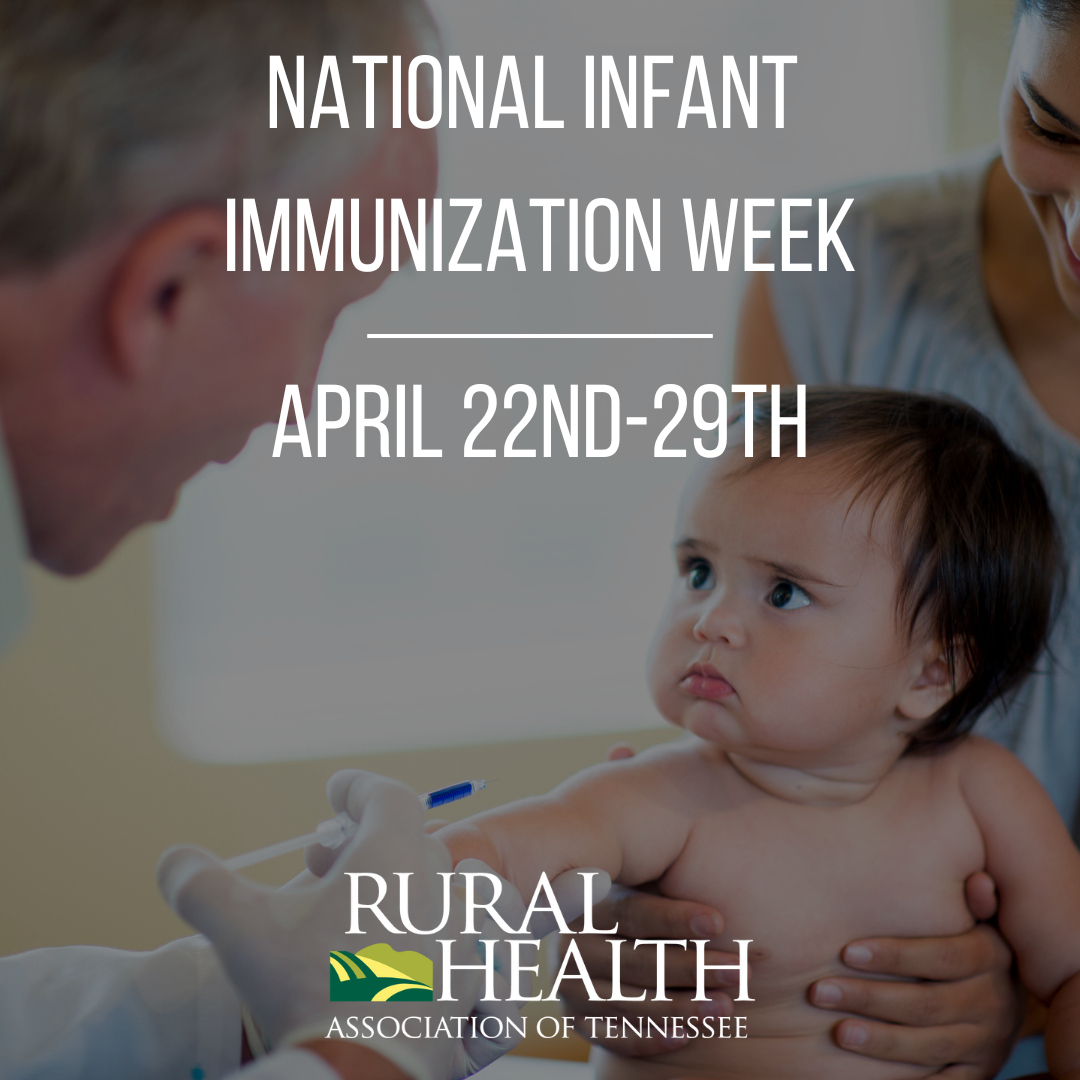 National Infant Immunization Week (NIIW) is a vital campaign that emphasizes the significance of timely vaccination for infants and young children. Immunization during early childhood is crucial for protecting against vaccine-preventable diseases, safeguarding individual health, and promoting community immunity. NIIW provides a dedicated platform to raise awareness about the importance of infant immunization, educate parents and caregivers about vaccination schedules, and encourage healthcare providers to prioritize immunization efforts.
National Infant Immunization Week (NIIW) is a vital campaign that emphasizes the significance of timely vaccination for infants and young children. Immunization during early childhood is crucial for protecting against vaccine-preventable diseases, safeguarding individual health, and promoting community immunity. NIIW provides a dedicated platform to raise awareness about the importance of infant immunization, educate parents and caregivers about vaccination schedules, and encourage healthcare providers to prioritize immunization efforts. The Healthy Smiles Student Loan Repayment Program provides educational loan repayment to qualified dentists, hygienists, and dental assistants in exchange for a service obligation to practice full-time at dental clinics located in medically underserved areas.
The Healthy Smiles Student Loan Repayment Program provides educational loan repayment to qualified dentists, hygienists, and dental assistants in exchange for a service obligation to practice full-time at dental clinics located in medically underserved areas.  Regional events are an opportunity to learn more about our RCORP program. Register for your region to hear more about substance use disorder, mental health, and Rural Health Association program updates. Lunch will be provided to in-person attendees.
Regional events are an opportunity to learn more about our RCORP program. Register for your region to hear more about substance use disorder, mental health, and Rural Health Association program updates. Lunch will be provided to in-person attendees.  Tuesday, April 9th, we had the opportunity to host our regional event at Paris Landing State Park and see our west region members. Members had the opportunity to h
Tuesday, April 9th, we had the opportunity to host our regional event at Paris Landing State Park and see our west region members. Members had the opportunity to h Black Maternal Health Week (BMHW) is a critical initiative aimed at addressing the significant disparities in maternal health outcomes experienced by Black women in the United States. This dedicated week takes place from April 11th-17th and raises awareness about the disproportionate rates of maternal mortality and morbidity among Black women and advocates for policies and interventions to improve Black maternal health outcomes. In rural areas, where access to quality healthcare services is often limited and disparities in healthcare delivery are exacerbated, BMHW holds particular importance in highlighting and addressing the unique challenges faced by Black mothers.
Black Maternal Health Week (BMHW) is a critical initiative aimed at addressing the significant disparities in maternal health outcomes experienced by Black women in the United States. This dedicated week takes place from April 11th-17th and raises awareness about the disproportionate rates of maternal mortality and morbidity among Black women and advocates for policies and interventions to improve Black maternal health outcomes. In rural areas, where access to quality healthcare services is often limited and disparities in healthcare delivery are exacerbated, BMHW holds particular importance in highlighting and addressing the unique challenges faced by Black mothers.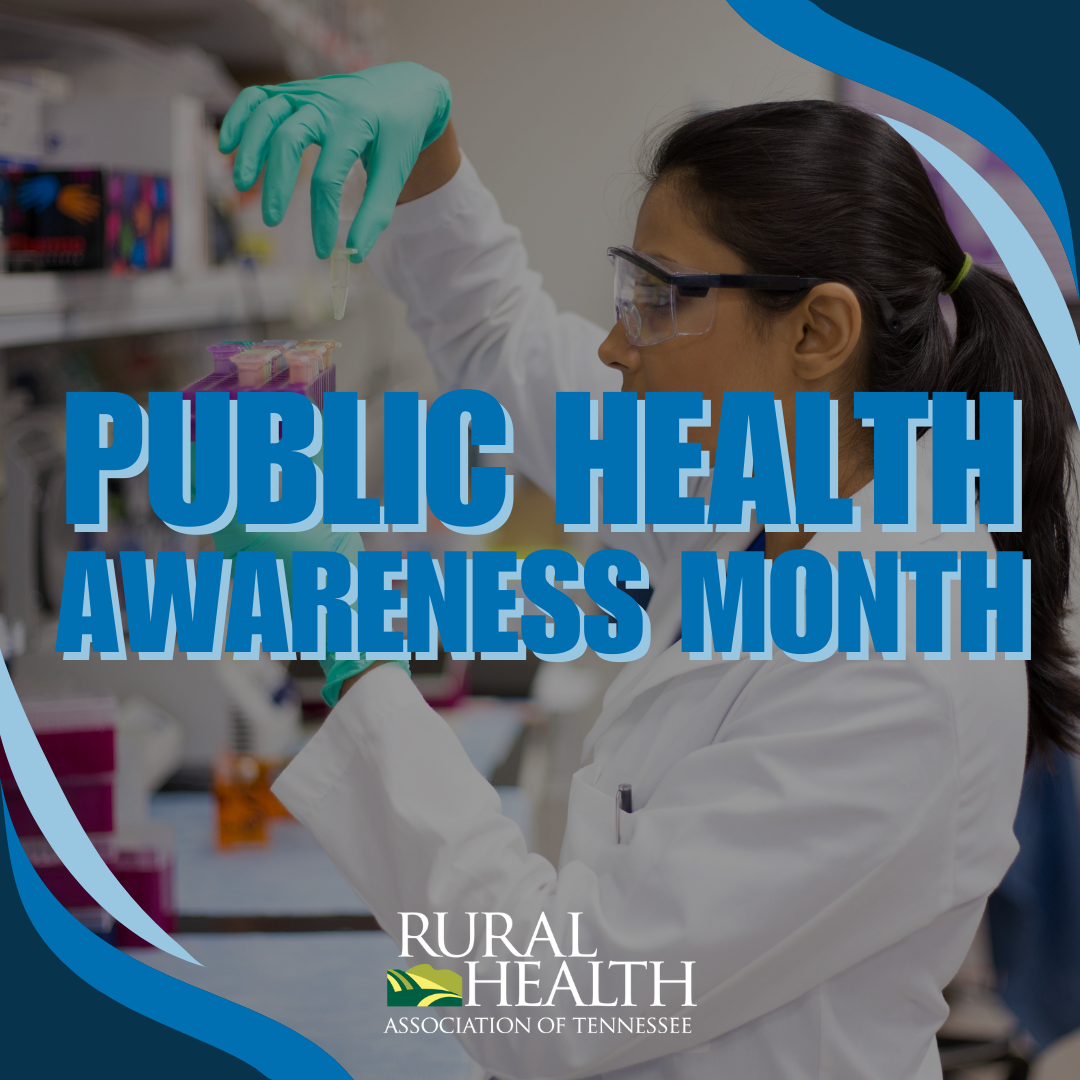 Public Health Awareness Month holds particular significance for rural areas, where access to healthcare services and health education can be limited. In rural communities, residents often face unique challenges such as geographic isolation, limited healthcare infrastructure, and socioeconomic disparities, which can contribute to poorer health outcomes. Public Health Awareness Month provides a crucial opportunity to address these disparities by raising awareness about prevalent health issues and promoting access to healthcare resources in rural areas.
Public Health Awareness Month holds particular significance for rural areas, where access to healthcare services and health education can be limited. In rural communities, residents often face unique challenges such as geographic isolation, limited healthcare infrastructure, and socioeconomic disparities, which can contribute to poorer health outcomes. Public Health Awareness Month provides a crucial opportunity to address these disparities by raising awareness about prevalent health issues and promoting access to healthcare resources in rural areas. The Rural Health Association of Tennessee's
The Rural Health Association of Tennessee's  Join us on April 17 from 11AM - 12PM for an informative lunch session hosted by Upper Cumberland Council on Children and Youth, Rural Health Association of Tennessee, and Power of Putnam. Discussion topics will cover substance use disorder, maternal health, emergency preparedness, and access to care in rural TN. Don't miss out on this exciting opportunity to grow and learn together!
Join us on April 17 from 11AM - 12PM for an informative lunch session hosted by Upper Cumberland Council on Children and Youth, Rural Health Association of Tennessee, and Power of Putnam. Discussion topics will cover substance use disorder, maternal health, emergency preparedness, and access to care in rural TN. Don't miss out on this exciting opportunity to grow and learn together!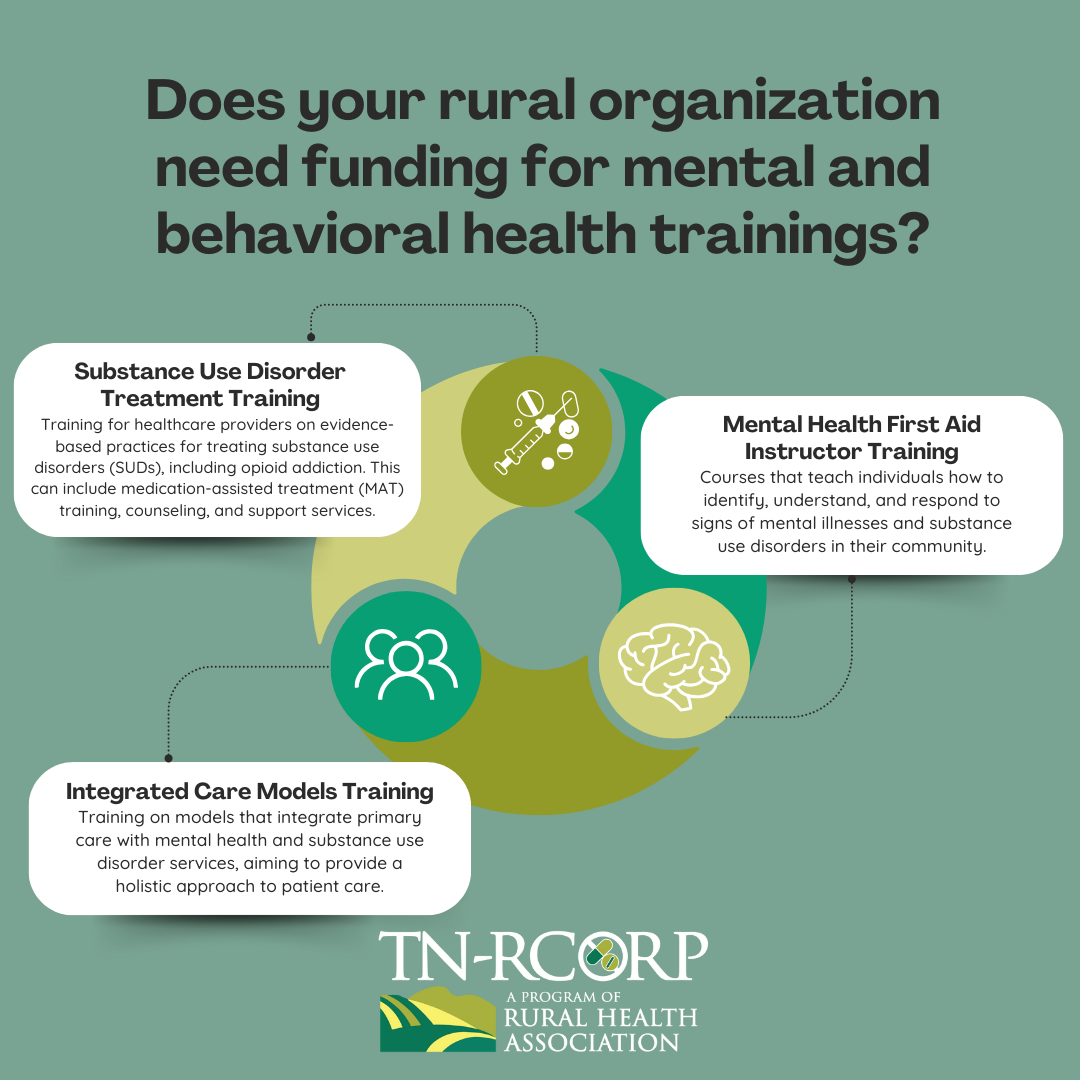 The Rural Health Association is offering funding for
The Rural Health Association is offering funding for  Our 2024 Spring Regional events are in swing! Tuesday, March 19th, we had the opportunity to host our regional event at East Tennessee University and see our east region members. Members had the opportunity to h
Our 2024 Spring Regional events are in swing! Tuesday, March 19th, we had the opportunity to host our regional event at East Tennessee University and see our east region members. Members had the opportunity to h World Doula Week holds significant importance in raising awareness about the invaluable role of doulas in maternal and infant healthcare. Doulas, often referred to as birth companions or birth coaches, provide physical, emotional, and informational support to mothers before, during, and after childbirth. This week-long observance serves as a platform to highlight the vital contributions doulas make in promoting positive birth experiences, reducing medical interventions, and supporting the overall well-being of mothers and babies worldwide.
World Doula Week holds significant importance in raising awareness about the invaluable role of doulas in maternal and infant healthcare. Doulas, often referred to as birth companions or birth coaches, provide physical, emotional, and informational support to mothers before, during, and after childbirth. This week-long observance serves as a platform to highlight the vital contributions doulas make in promoting positive birth experiences, reducing medical interventions, and supporting the overall well-being of mothers and babies worldwide.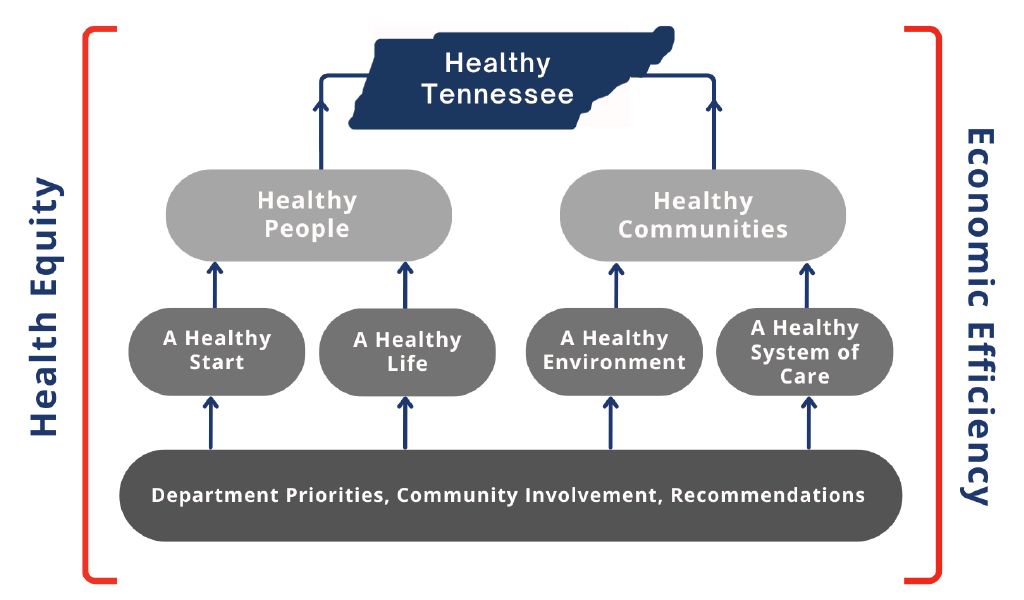 The 2024-2026 State Health Plan seeks to provide a pathway for achieving the Department’s vision: Healthy People, Healthy Communities, Healthy Tennessee.
The 2024-2026 State Health Plan seeks to provide a pathway for achieving the Department’s vision: Healthy People, Healthy Communities, Healthy Tennessee.